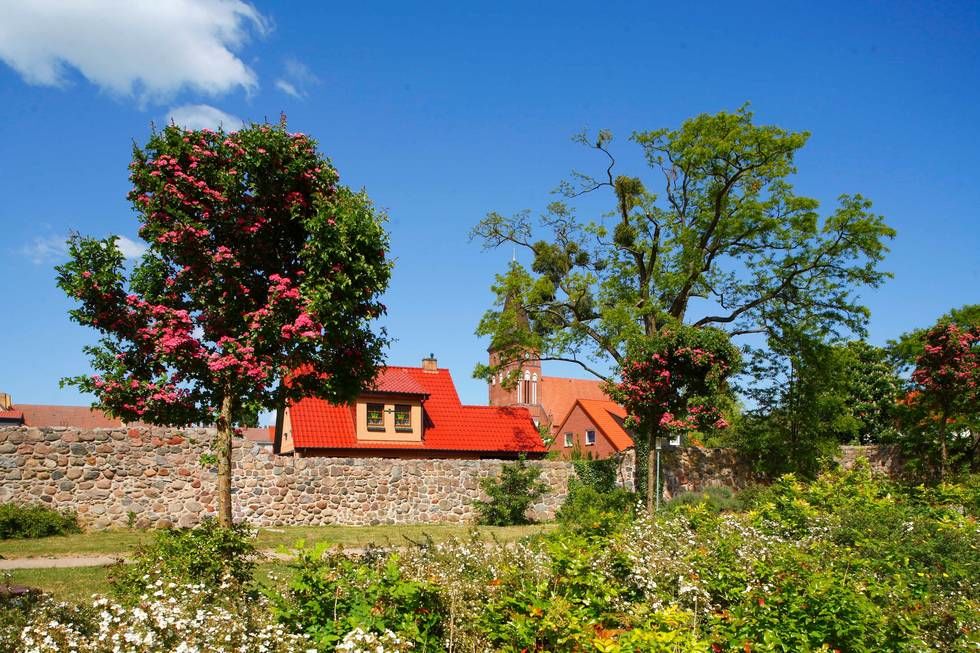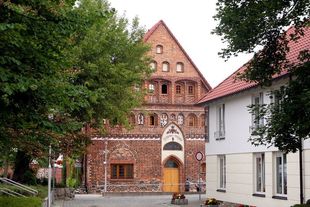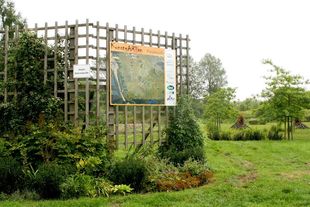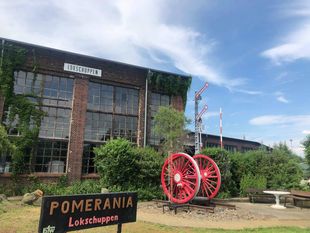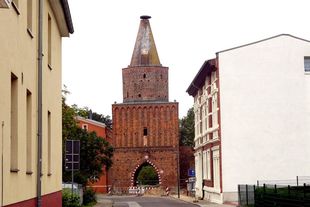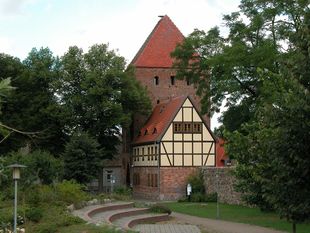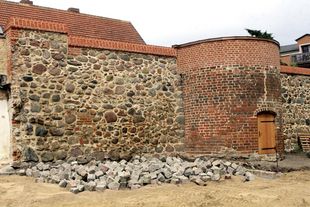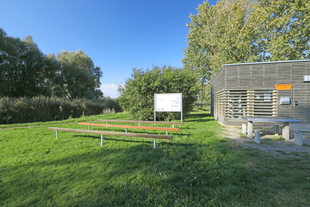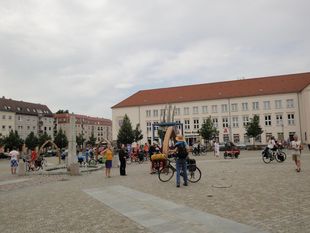Pasewalk
On a tour through Pasewalk you can discover historical remains of the medieval times: history and culture reworked many times at original locations - Pasewalk invites you to a knowledge stroll.
The city wall, towers as well as two traditional wall gates testify to the time of knightly orders and Pomeranian dukes. Today, the Prenzlauer Tor houses the town museum. It shows exhibitions about the prehistory and early history of the Uecker region, about the town and garrison history of Pasewalk and an exhibition about the artist Paul Holz. From the then 2488 m long and 6 to 9 m high city wall, some components are still well preserved today. For example, the powder tower or the so-called "Kiek-in-de-Mark" tower. This is today's landmark of the city.
Three Gothic churches also adorn the Pasewalk townscape. The brick Gothic St. Nikolai Church is the oldest of the three churches. It was mentioned in documents as early as 1176. Directly at the market is the three-aisled hall church St. Marien from the 13th century. Its tower houses the largest bell in Western Pomerania. The youngest church is St. Otto. It was built in 1885 and named after the Pomeranian missionary Otto von Bamberg.
The waterway rest area is only a 5-minute walk from the center of Pasewalk and offers recreational captains an idyllic place to rest with showers and toilets. It is also located directly on the Berlin-Usedom long-distance cycle route. The cultural center "Historic U" hosts concerts, plays, readings, conferences and fairs all year round.
Worth seeing in Pasewalk
Gate to the Ueckermünder Heide

Historical U - Cultural Forum
Culture and Congress Center

Hospital St. Spiritus Pasewalk
The Hospital St. Spiritus in Pasewalk was once founded by the Pomeranians.

KunstgARTen Pasewalk
In KunstgARTen Pasewalk you will find contemporary art and exhibitions of various installations.

Pasewalk engine shed
The Lokschuppen Pasewalk - your experience and event center for the whole family. You can expect extraordinary highlights around the railroad, its history and technology. See, experience and touch in the Lokschuppen Pasewalk. Whether as a day trip, as a special place to celebrate and meet or as a short vacation.

Mühlentorturm Pasewalk
The Mühlentorturm is located in Pasewalk in Vorpommern. The Mühlentorturm belonged to the once about 2.5 kilometers long medieval city fortifications of Pasewalk.

Museum in Prenzlauer Tor-Turm Pasewalk
The museum in the Prenzlauer Tor tower shows the history of Pasewalk. The city museum is located in parts of the former city fortifications, including the Prenzlauer Tor. On several floors, there is information on prehistory and early history, the city history of Pasewalk and changing art exhibitions.

St. Marien Church Pasewalk
Even from afar, the medieval Marien Church points the way to the city of Pasewalk in Pomerania. The three-aisled building towers over the surrounding area as one of the most important north German brick churches.

Pasewalker Pferdesportverein e.V.
Carriage rides

Manor House Bröllin
Former manor built at the beginning of the 19th century. Landmarked boulder building with stables, storehouses and the castle - today it is used by the cultural association “Kulturverein Schloss Bröllin e.V.” (international art research location).

Pasewalk City Wall
The former city wall of Pasewalk is still preserved to a large extent.

Pasewalk Waterway Rest Area
The Pasewalk waterway rest area is an idyllically located rest area with shower, toilet, bicycle rental and repair. It is located directly on the Berlin-Usedom long-distance cycle route and offers an idyllic place to spend the night in your own tent.

